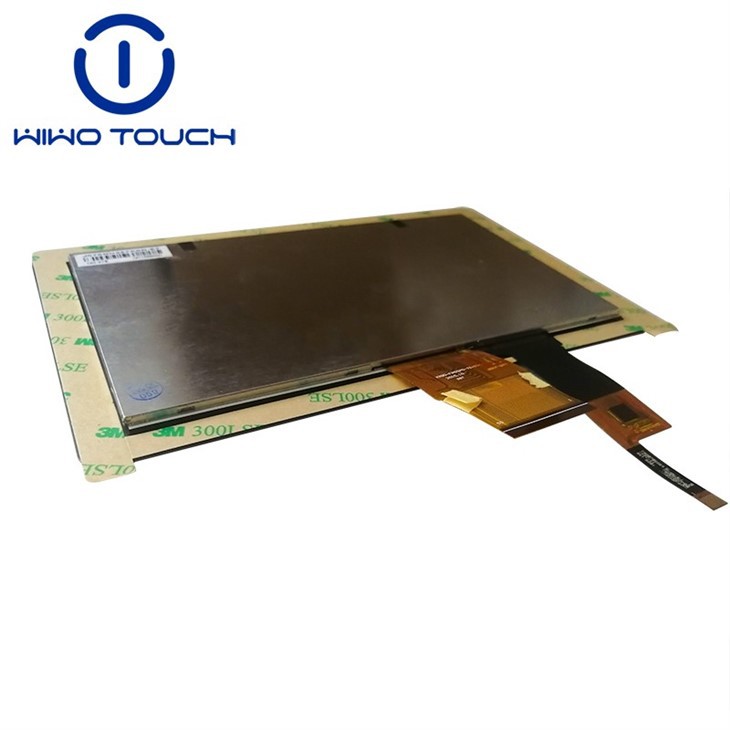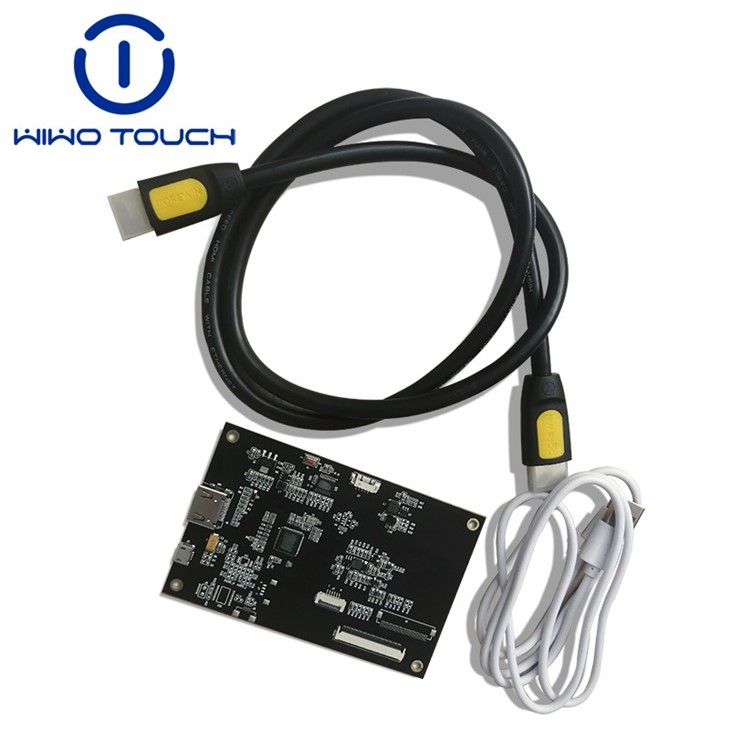Hey there! As a supplier of TFT touch screens, I've seen firsthand the wide range of options available in the market. In this blog post, I'm going to break down the different types of TFT touch screens and give you a better understanding of what each one offers. Whether you're a tech enthusiast looking to upgrade your device or a business owner in need of a reliable display solution, this guide is for you.
Resistive TFT Touch Screens
Let's start with resistive TFT touch screens. These are one of the oldest and most common types of touch screens out there. They work by having two conductive layers separated by a small gap. When you press on the screen, the two layers come into contact at that point, and the device can detect the location of the touch.
One of the biggest advantages of resistive touch screens is their affordability. They're relatively cheap to produce, which makes them a popular choice for budget-friendly devices. They also work well with any type of stylus or even gloved fingers, which can be handy in certain situations.
However, resistive touch screens aren't as responsive as some other types. They require a bit of pressure to register a touch, and they can sometimes have trouble detecting multiple touches at once. They also tend to have lower image quality compared to other touch screen technologies, as the additional layers can reduce the screen's clarity and brightness.
Capacitive TFT Touch Screens
Capacitive TFT touch screens are the most popular type of touch screen in modern devices, like smartphones and tablets. They work by using the electrical properties of the human body. The screen has a layer of conductive material that stores an electrical charge. When your finger touches the screen, it disrupts the electrical field at that point, and the device can detect the location of the touch.
Capacitive touch screens are known for their high responsiveness and multi-touch capabilities. They can detect multiple touches at the same time, which allows for gestures like pinching and zooming. They also have better image quality than resistive touch screens, as they don't have the additional layers that can reduce clarity and brightness.
On the downside, capacitive touch screens are more expensive to produce than resistive touch screens. They also require bare fingers to work, as gloves or non-conductive styluses won't disrupt the electrical field. This can be a problem in cold environments or in situations where you need to use a stylus for precision.
Surface Acoustic Wave (SAW) TFT Touch Screens
Surface Acoustic Wave (SAW) TFT touch screens use ultrasonic waves to detect touches. The screen has two transducers, one at the top and one at the side, that send and receive ultrasonic waves across the surface of the screen. When your finger touches the screen, it absorbs some of the waves, and the device can detect the location of the touch based on the change in the wave pattern.
SAW touch screens offer excellent image quality, as they don't have any additional layers on the screen that can reduce clarity and brightness. They're also very durable and can withstand a lot of wear and tear. They can support multi-touch gestures and are highly responsive.
However, SAW touch screens are more sensitive to dirt, dust, and moisture. If the screen gets dirty or wet, it can interfere with the ultrasonic waves and cause inaccurate touch detection. They're also more expensive than resistive touch screens and can be a bit more complex to install and maintain.
Infrared (IR) TFT Touch Screens
Infrared (IR) TFT touch screens use an array of infrared LEDs and photodetectors around the edges of the screen. The LEDs emit infrared light across the surface of the screen, and the photodetectors detect any interruptions in the light beam. When your finger touches the screen, it blocks some of the infrared light, and the device can detect the location of the touch.
IR touch screens are known for their high durability and large screen size capabilities. They can be used in very large displays, like digital signage and interactive kiosks. They also work well in bright sunlight and can support multi-touch gestures.


On the other hand, IR touch screens can be more expensive than some other types, especially for smaller screen sizes. They're also more sensitive to ambient light, which can sometimes cause false touch detections.
Projected Capacitive (PCAP) TFT Touch Screens
Projected Capacitive (PCAP) TFT touch screens are an advanced type of capacitive touch screen. They use a grid of electrodes on the screen to detect touches. When your finger touches the screen, it changes the electrical capacitance at that point, and the device can detect the location of the touch.
PCAP touch screens offer excellent image quality, high responsiveness, and multi-touch capabilities. They're very accurate and can detect even the slightest touches. They're also very durable and can withstand a lot of use.
However, PCAP touch screens are more expensive than resistive touch screens, and they require a more complex manufacturing process. They also need to be calibrated properly to work correctly, which can add to the installation and maintenance costs.
Which Type of TFT Touch Screen is Right for You?
The type of TFT touch screen that's right for you depends on your specific needs and budget. If you're looking for an affordable option for a basic device, a resistive touch screen might be a good choice. If you need a high-performance touch screen with multi-touch capabilities for a modern device, a capacitive or PCAP touch screen would be better.
If you're using the device in a harsh environment or need a large screen size, an IR or SAW touch screen could be the way to go. It's important to consider factors like responsiveness, image quality, durability, and cost when making your decision.
Our TFT Touch Screen Products
At our company, we offer a wide range of TFT touch screens to meet different needs and budgets. For example, we have the 7 Inch 800 X 480 TFT LCD Display, which is a great option for many applications. It offers a good balance of performance and affordability.
We also have the Small touch lcd display module 0.96 - 10.1" screen 7 inch 1024RGB600 LCD touch screen with IIC interface, which is suitable for more advanced applications that require high-resolution displays and specific interfaces.
And if you're looking for a reliable 7-inch TFT LCD display, check out our Sainsmart 7 Inch TFT LCD Display. It's known for its quality and performance.
Contact Us for Your TFT Touch Screen Needs
If you're interested in purchasing TFT touch screens for your project or business, we'd love to hear from you. We can provide you with more information about our products, help you choose the right type of touch screen for your needs, and offer competitive pricing. Whether you need a small quantity for a prototype or a large order for mass production, we're here to assist you.
Just reach out to us, and we'll start the conversation. We're committed to providing excellent customer service and high-quality products, so you can be confident in your purchase.
References
- "Touch Screen Technology: A Comprehensive Guide" by John Doe
- "The Future of TFT Touch Screens" by Jane Smith
- Industry reports on TFT touch screen technologies and market trends.




